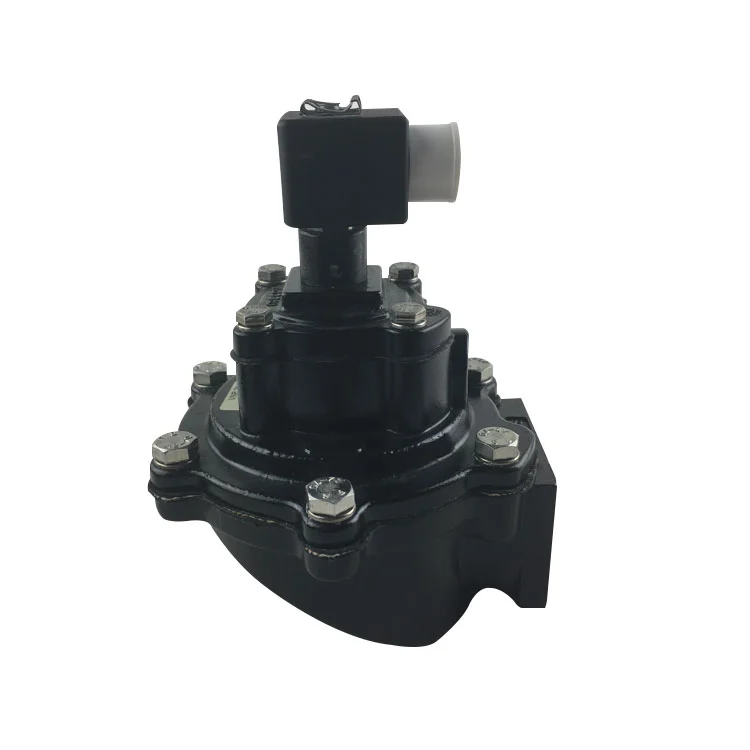What Factors Influence the Flow Characteristics of a Pulse Valve?
2025-03-21
Pulse valves are essential components in dust collection systems, pneumatic applications, and fluid control systems. Their flow characteristics significantly impact the efficiency and performance of these systems. Understanding the factors that influence the flow characteristics of a pulse valve can help in optimizing its design and application.
1. Valve Design and Geometry
The internal geometry of a pulse valve, including the size and shape of the valve seat, diaphragm, and outlet ports, directly affects its flow rate. Larger or wider openings typically allow for higher flow rates, while a streamlined design minimizes turbulence and pressure loss.
2. Valve Size
Pulse valves are available in various sizes to accommodate different flow demands. Larger valves are capable of handling greater volumes of air or fluid, making them ideal for large-scale industrial applications. Conversely, smaller valves provide more precise control for smaller systems.

3. Diaphragm Material and Flexibility
The diaphragm's material and flexibility influence the valve's responsiveness and sealing capability. Materials like rubber, polyurethane, or synthetic compounds are commonly used. A flexible and durable diaphragm ensures efficient valve opening and closing, leading to consistent flow performance.
4. Operating Pressure
The input pressure at which the valve operates plays a key role in determining the flow characteristics. Higher pressure typically results in faster flow rates, but exceeding the valve's pressure limits can lead to damage or malfunction.
5. Pulse Duration and Frequency
In pulse jet applications, the duration and frequency of the pulse control the volume of air released. Longer pulses increase the total airflow, while shorter pulses provide rapid and frequent bursts of air. Optimizing the pulse timing ensures effective cleaning in dust collection systems.
6. Temperature and Environmental Conditions
Extreme temperatures, humidity, and exposure to chemicals can impact the performance of a pulse valve. Some materials may degrade or become brittle in harsh conditions, reducing the valve's efficiency.
7. Flow Path Resistance
The resistance within the flow path, including bends, obstructions, and piping length, affects the overall flow characteristics. Smooth, straight paths minimize pressure drop and maximize flow efficiency.
8. Seal and Spring Mechanism
The effectiveness of the valve's seal and the tension of the spring mechanism also influence its performance. A well-calibrated spring ensures proper valve closure, preventing leaks and maintaining consistent flow.
Conclusion
Understanding these factors helps in selecting and maintaining pulse valves that meet specific operational needs. By choosing the right valve design, materials, and operating conditions, industries can ensure reliable and efficient flow control in their systems. Proper analysis and regular maintenance are key to optimizing pulse valve performance and extending its lifespan.


